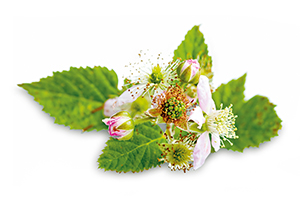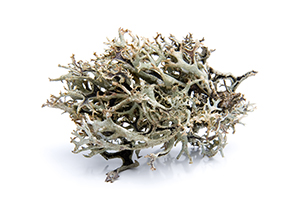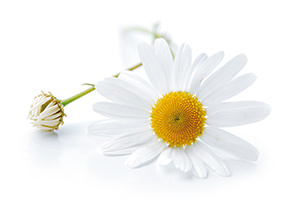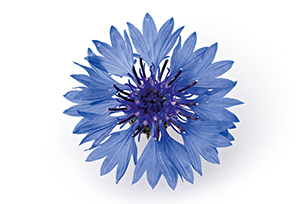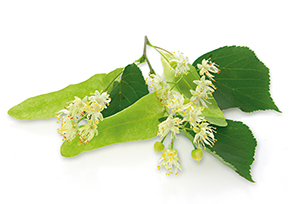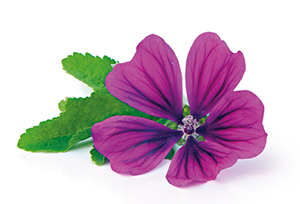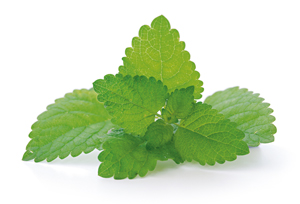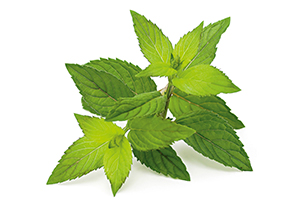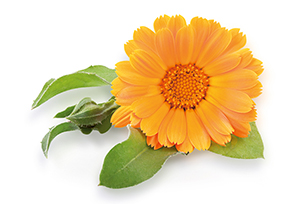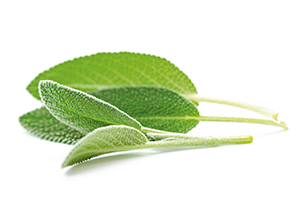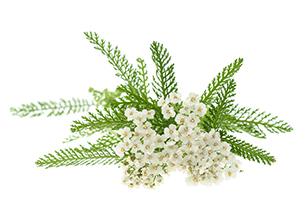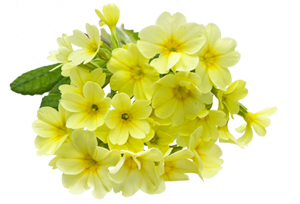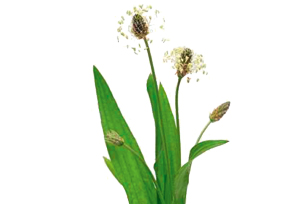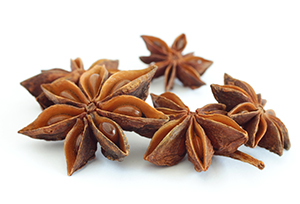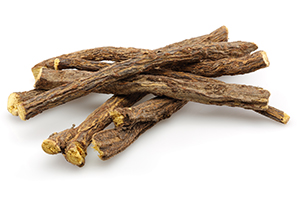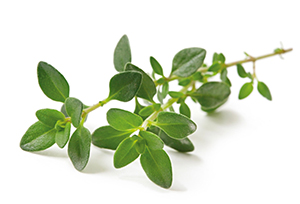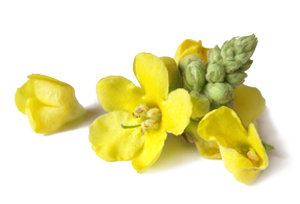Eucalyptus
(Eucalyptus globules Labill.)
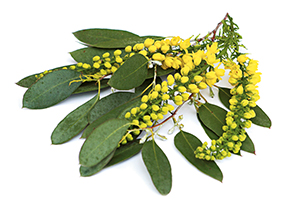
Uses: Eucalyptus leaves are effective against colds in the upper airways, bronchial problems and pharyngitis. The oil contained in the leaves is antiseptic, and the compound eucalyptol is used to treat a series of respiratory illnesses. Applied externally, eucalyptus oil helps relieve rheumatic symptoms. Eucalyptus oil should never be used near the eyes. In infants and small children, eucalyptus oil can cause laryngeal spasms or respiratory arrest.
Fennel
(Foeniculum vulgare Mill.)
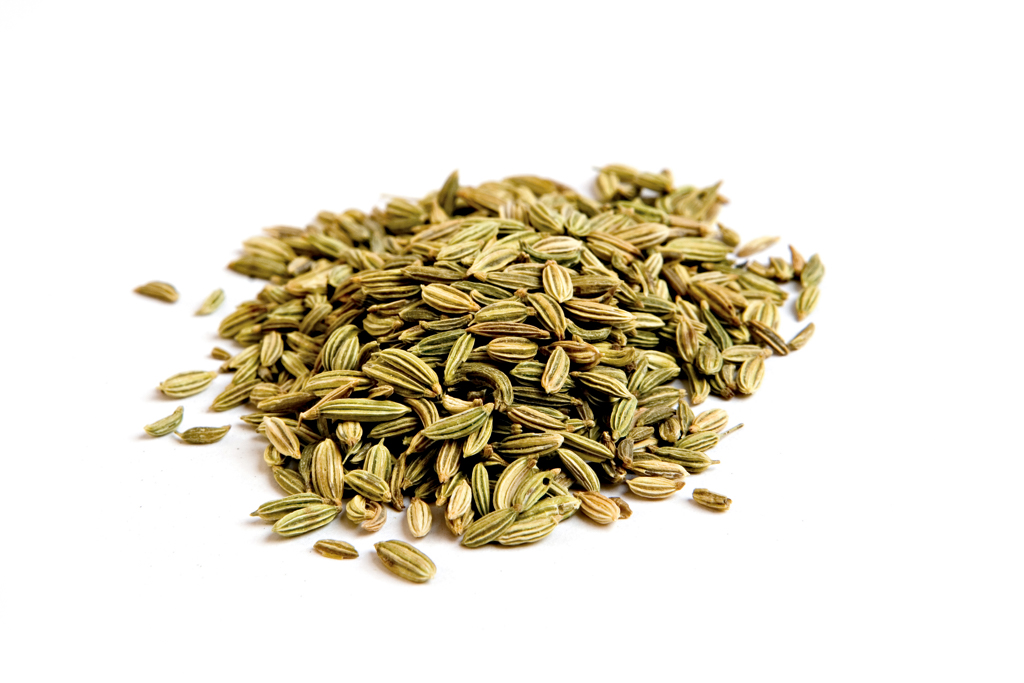
Uses: Thanks to fennel’s antiflatulent properties, fennel seeds are mainly used in the treatment of gastrointestinal complaints, bloating and digestive disorders, as an appetite stimulant, and to improve gastric juice secretion. Fennel seed preparations are especially recommended for infants with digestive problems and diarrhoea. They are also thought to improve breast milk production in lactating mothers.
Elderflower
(Sambucus nigra L.)
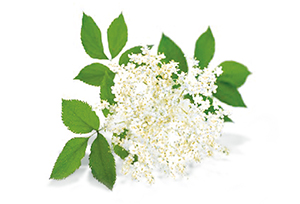
Uses: Both the flowers and the berries of this plant are used in a variety of ways: as a remedy, a food and a colorant. The flowers are especially beneficial in the treatment of colds with a fever and the flu. They also help clear bronchial secretions. The juice of the berries is tolerated better when cooked than when raw and is considered especially effective against coughs and colds.

